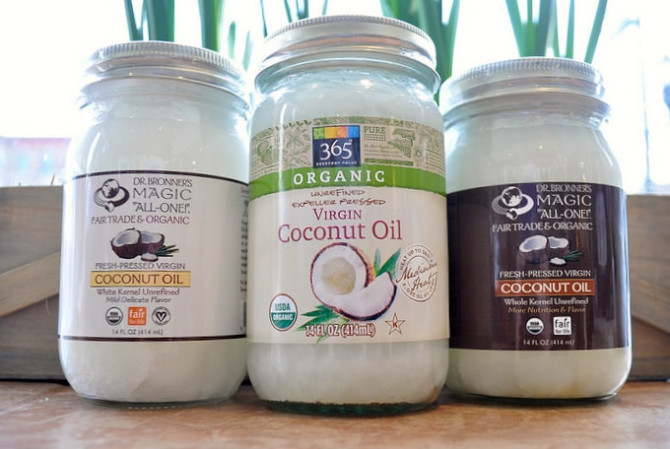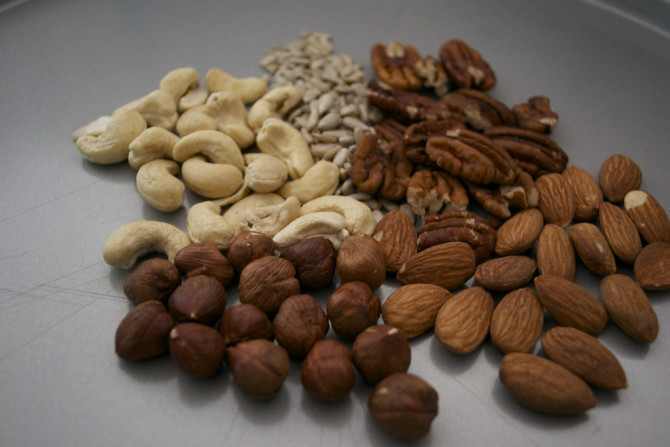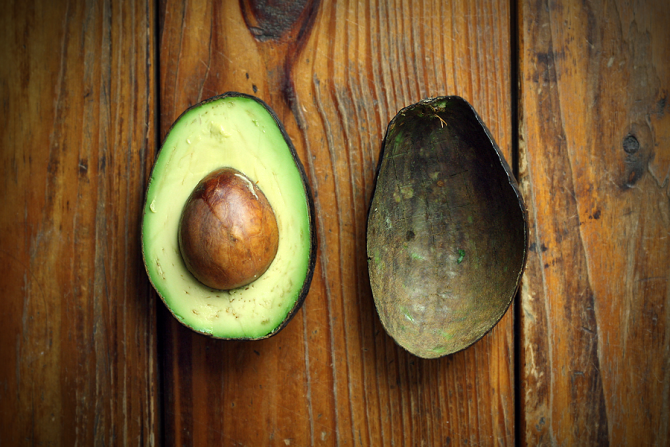When it comes to understanding fat, the first step is to clarify why low-fat foods are bad. I’m not talking about naturally low-fat foods like lean meats or vegetables, but rather the processed stuff that tricks us into thinking it’s healthy.
Modified “low-fat” food often rely on scary chemicals such as dimethylpolysiloxane (a chemical found in silly putty which, I kid you not, is legally allowed to be preserved in formaldehyde before being put in your food), and the missing calories in these fake foods leave our body wanting more.
It’s time for us to stop being afraid of fat. Healthy fats are necessary macronutrients and are the building blocks for our hormones, brain and nerve tissue and the protective layer around our cells. Fats also provide energy and help us absorb the vitamins we consume in our diet. They keep us full longer, act as fuel and keep our metabolisms running.
So why has it become common knowledge that the best way to lose weight is to cut out fat from our diets? It’s true that fats contain more calories per gram than proteins or carbs but, in reality, eating the right kind of fats can actually help you lose weight.
This idea brings me to my next important point: not all fats are created equal. Healthy fats come from whole, unprocessed foods, not French fries or potato chips. Look out for trans fats (the worst!) and saturated fats (with the wonderful exception of coconut oil) and focus on monounsaturated and polyunsaturated fats instead.
Oils– coconut oil, olive oil, ghee, grapeseed oil and sesame seed oil are all great sources of healthy fat.
Pro tip: Look for unrefined oils that are stored in dark glass bottles (with coconut oil being an exception, again). Light and heat can damage the chemical properties of fats, making them toxic.
Pro tip II: For this reason, pay attention to the specific heat of cooking oils. If the oil begins to smoke as you heat it, throw it out and start over. The smoke is an indication that the oil has become hydrogenated.

Photo by Andrew Zany
Nuts and Seeds- Nuts can be added on top of basically any meal and are a perfect snack between classes. Nut butter in oatmeal is also a game-changer.
Pro tip: Buy raw, unsalted nuts. If you want a little extra crunch, try toasting them at home. The typical processing method for nuts strips them of many nutrients.

Photo by Kirby Barth
Avocados– they’re both delicious and full of oleic acid (which helps us absorb vitamins).
Pro tip: while it’s often better to buy organic when it comes to healthy fats, buying organic avocados is not all that important. They have a thick layer of skin and are not as harmed by pesticides, so save a couple dollars and go non-organic.

Photo via Flickr
Olives, chia seeds, hemp seeds, salmon, sardines, eggs and yogurt are other foods full of healthy fats that will help your skin glow, hair bounce and keep your body full of energy.
Looking for more fascinating food facts?

